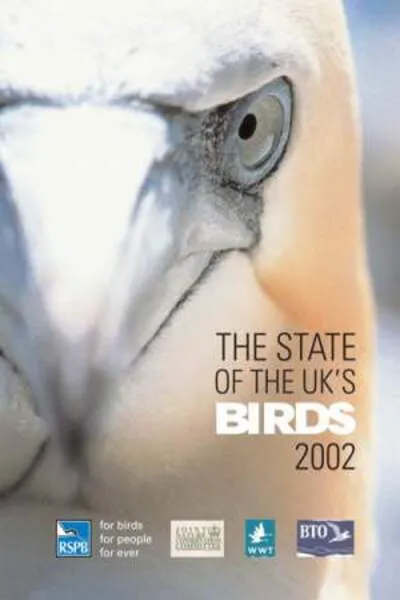BTO create and publish a variety of important articles, papers, journals and other publications, independently and with our partners, for organisations, government and the private sector. Some of our publications (books, guides and atlases) are also available to buy in our online shop.
Annual report of the Seabird Monitoring Programme
Seabird Population Trends and Causes of Change: 1986–2023
This report presents the latest seabird population trends in breeding abundance and productivity using data from the Seabird Monitoring Programme (SMP).
The report documents changes in the abundance and productivity of breeding seabird species in Britain and Ireland from 1986 to 2023, and provides a detailed account of the 2021, 2022 and 2023 breeding seasons.

Search settings
The Wetland Bird Survey 2000-01: Wildfowl and Wader Counts
Author: Pollitt, M. S., Hall, C., Holloway, S . J., Hearn, R. D., Marshall, P. E., Musgrove, A. J., Robinson, J. A. & Cranswick, P. A.
Published: 2003
Waterbirds in the UK presents the summarised results of the annual WeBS report, and full data available via the WeBS Report Online. It provides a single, comprehensive source of information on the current status and distribution of waterbirds in the UK for those interested in the conservation of the populations of these species and the wetland sites they use.
01.06.03
Reports
Rapid decline of the volcanically threatened Montserrat Oriole
Author: Hilton, G.M., Atkinson, P.W., Gray, G.A.L., Arendt, W.J. & Gibbons, D.W.
Published: 2003
Prior to 1995, the Montserrat oriole (Icterus oberi) was confined to ca. 30 km2 of hill forest on the Lesser Antillean island of Montserrat, but was not listed as globally threatened. Since then, the eruption of the Soufriere Hills volcano has destroyed more than half of the species’ range. Recent intensive monitoring has indicated that the species has also declined dramatically within the remaining intact forest, and is now critically threatened. Different monitoring and analytical methods indicate a decline of 8–52% p.a., and a remaining global population of ca. 100–400 pairs. This case study justifies the use of the restricted range criterion in designating threatened species. Despite intensive monitoring and the use of several analytical methods, it has proved surprisingly difficult to estimate the magnitude of the oriole’s decrease, or to control for potential artefacts in the census method. We discuss the reasons for this. The cause(s) of population decline in the intact forest are unclear, though two hypotheses appear plausible: a decrease in arthropod food, a result of volcanic ash fall, and an increase in nest predation as a result of increases in populations of opportunistic omnivores.
01.05.03
Papers

Can we recreate or restore intertidal habitats for shorebirds?
Author: Atkinson, P.W.
Published: 2003
01.04.03
Papers